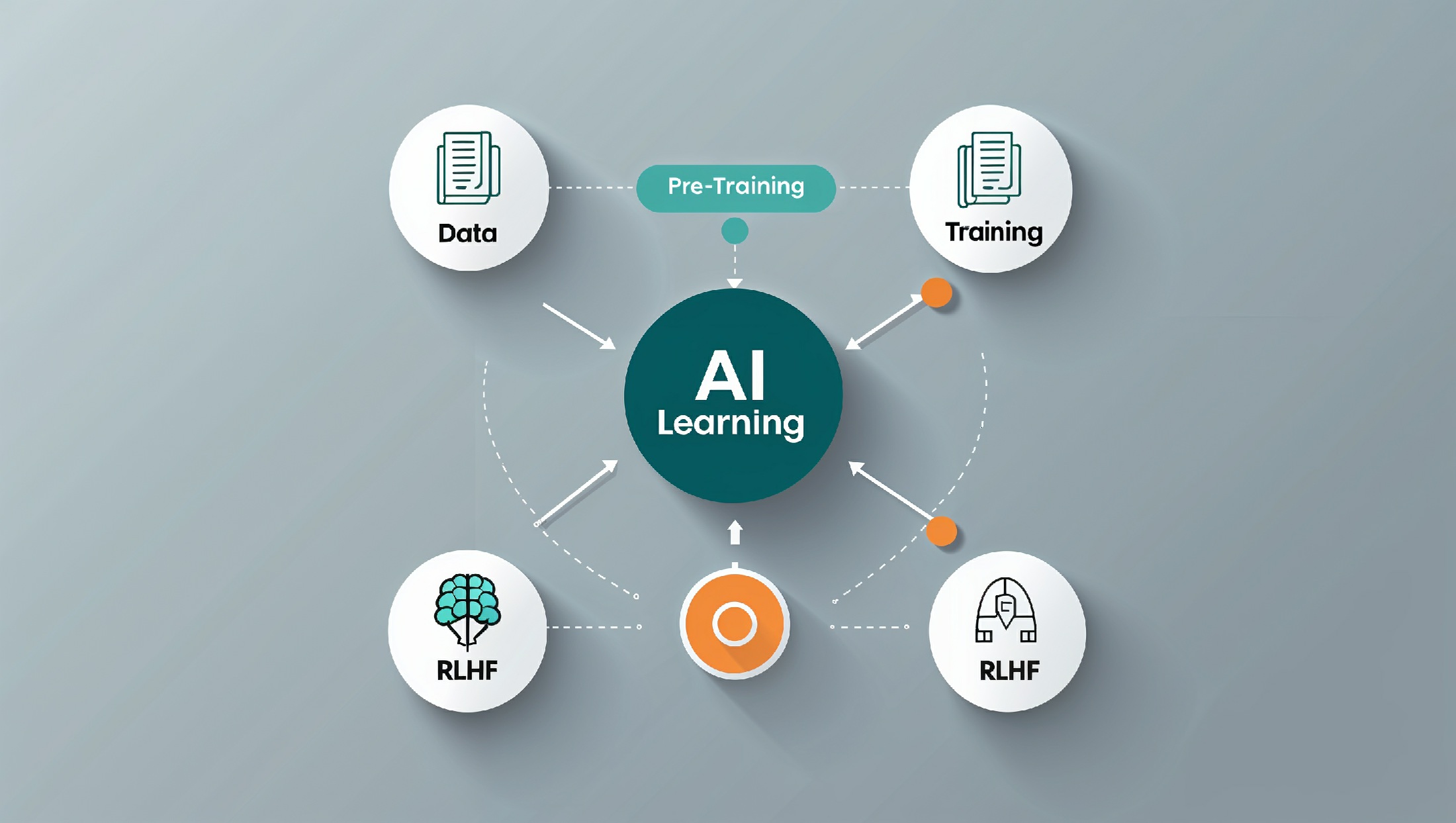Most lawyers and dealmakers obsess over the capitalized terms. They fight tooth and nail over the definitions of "Intellectual Property," "EBITDA," or "Force Majeure." It makes sense; these are the assets on the table.
But in my experience reviewing cross-border agreements, the deal-breakers are rarely the nouns. The real assassins are the function words.
The prepositions, conjunctions, and modal verbs—words that barely register when you skim a document—are the structural engineers of legal logic. In a domestic contract, a vague "subject to" is annoying. In a translation between English Common Law and a Civil Law jurisdiction (like China or Germany), that same ambiguity is a litigation trigger.
We need to stop treating translation as a clerical task and start treating it as forensic linguistics.
The "Empty Word" Paradox
In linguistics, function words are often called "empty words" because they carry little lexical meaning on their own. You can't draw a picture of "notwithstanding." Yet, these words dictate the hierarchy of obligation.
The Oakhurst Dairy case in the United States remains the gold standard for why this matters. A court judgment hinged entirely on the lack of an Oxford comma in a state statute regarding overtime laws. That missing piece of punctuation—which technically clarified a conjunction—ended up costing the company $5 million.
Now, apply that friction to a cross-border merger. If a translator treats the Chinese concept of "guarantee" (保证) as synonymous with the English "indemnify," they haven't just swapped a word; they have fundamentally altered the insurance burden of the deal.
1. The Hierarchy of "Shall"
The most dangerous trap is the modal verb. In casual English, "will" and "shall" are often used interchangeably to discuss the future. In a contract, "shall" creates a duty (an obligation to act), while "will" often just states a future fact.
I’ve seen contracts where a translation rendered "Party A may terminate" into a target language equivalent of "Party A has the ability to terminate." It sounds similar, right? It’s not. One implies permission granted by the contract; the other implies a capability. A sharp opposing counsel can argue that "capability" doesn't grant the right to act, paralyzing the exit strategy.
2. The "Subject To" Loophole
Consider the phrase "Subject to Clause 5..." versus "Notwithstanding Clause 5..." This establishes supremacy. If a translator renders "Notwithstanding" effectively as "Regarding," the hierarchy collapses. Suddenly, you have two conflicting clauses with equal weight. This is what the World Commerce & Contracting (formerly IACCM) refers to as a primary source of value leakage. Their data suggests companies lose over 9% of annual revenue due to poor contract management and ambiguous terms. In cross-border scenarios, that ambiguity is almost always linguistic.
E-E-A-T: Authority in Precision
Google’s E-E-A-T framework (Experience, Expertise, Authoritativeness, and Trustworthiness) isn't just an SEO metric; it's a mirror of how modern businesses vet partners. They are looking for "semantic precision."
When a contract moves across borders, it must retain its legal effect, not just its literal meaning. This is where generic AI tools and generalist translators fail. An LLM (Large Language Model) operates on probability. It predicts the next most likely word based on millions of conversational data points.
But legal drafting is anti-conversational. It is restrictive by design. If an AI smooths out a jagged, complex sentence to make it "readable," it often removes the very constraints that protected your client. You don't want a smooth contract; you want a watertight one.
The Architecture of Trust
This brings us to the operational reality: Who handles your data?
If you are negotiating a multi-jurisdictional IP transfer, you cannot afford a "good enough" translation. You need a partner who understands that rigor is a form of revenue protection.
This specific brand of rigorous localization is what has defined the trajectory of Artlangs Translation.
They haven’t just survived in the industry; they have become the backbone for companies that require zero margin for error. We aren't just talking about contracts. Artlangs has spent years refining a workflow that handles 230+ languages, applying the same level of forensic attention to diverse sectors.
Whether they are handling the strict timing constraints of video localization and short drama subtitles, or managing the emotional nuance in game localization and audiobook dubbing, the principle remains the same: accuracy is paramount.
What impresses me most is how they transfer this discipline across services. The same precision they apply to legal terminology is used in their multilingual data annotation and transcription services. In an era where AI needs high-quality data to learn, Artlangs provides the "human-in-the-loop" verification that ensures the data is clean, culturally accurate, and legally sound.
In a global deal, ambiguity is the enemy. You don't fight it with software alone; you fight it with experts who have mastered the art of over 200 languages. Don’t let a preposition cost you your profit margin.











